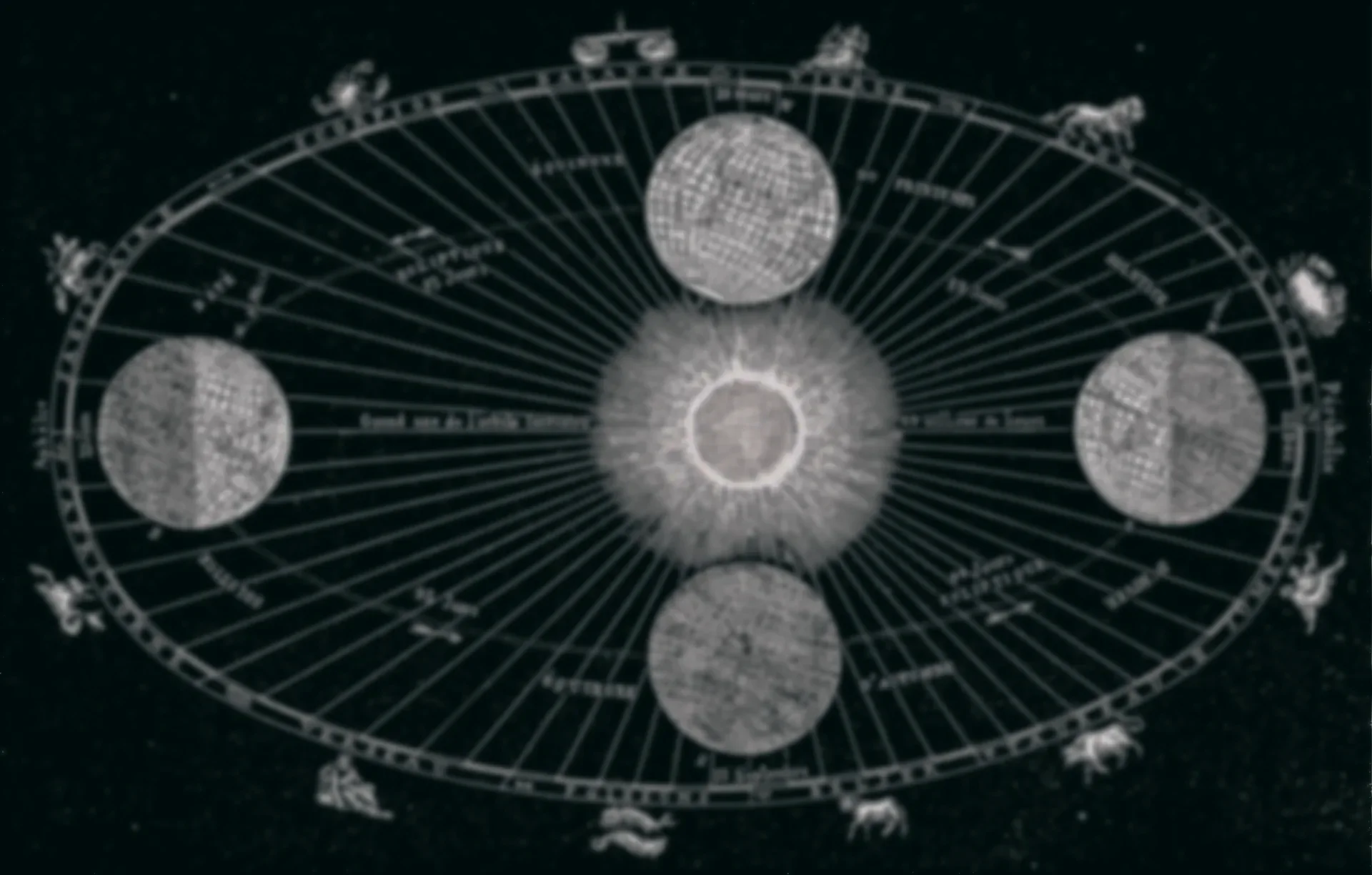Contents
Speaking in terms like “tonal organization,” “bias,” or “tendency” might sound a bit complicated, but in reality, tonality is a very simple concept, and actually, you already know what it is.
Just think about it, even someone without any special musical experience can sense that atonal music feels eerie somehow, while tonal music feels familiar. What this means is; you have unwittingly acquired the skill of recognizing tonality, and enjoy music using that ability without even realizing it.
Don’t you find it fascinating? It is said that just as humans naturally acquire language from conversations around them during childhood, they also develop a sense of tonality from the music in their environment1.
4. Tonal Center and Musical Repose
Your senses go beyond just distinguishing between tonal and atonal. You thoroughly enjoy the story of how music reach the tonal center, which acts as the “goal” point.
As a songwriter, refining your sense of tonality is crucial. And the first step in doing so is grasping the sense of “home” that the tonal center embodies.
I described tonal center as “home”, a “departure” and a “destination”, but it may sound too abstract. To put it a bit more concretely, in music, when the melody or bass arrives at the tonal center, it can evoke a sense of closure, like the music has settled into a state of calmness and repose in the relative contrast and dynamics of music.
I would like to explain this sensation using an actual famous song as an example.
Melodies Landing on the Center
“Yellow Submarine” has an impressive chorus part where the same phrase, “yellow submarine”, is repeated three times. Analyzing the melody in this part, you can see that it settles at the center in the last phrase.
The graph above visually represents the transition in melody pitch. The first two “yellow submarine” are positioned one tone higher than the center, but then goes down to the center in the end, to produce the feel that one block of melody is finished, closed here.
Let’s conduct a comparative experiment. What would be the effect on the melody if all three phrases were sung at the same pitch, the pitch higher than the tonal center, instead of going down at the final phrase?
How do you feel? Doesn’t it feel like the musical passage doesn’t quite conclude, but rather continues on to the next, as if the voyage never ends? And listen to the original again, don’t you feel that when the melody descends for the third time, it somehow settles the musical narrative?
If you ever feel like the music “seems to continue” or “has ended,” even if just a little, it means your ears are very adept at sensing the presence of the tonal center.
…Let me show you one more example.
Melodies Not Landing on the Center
Coldplay’s “Paradise” is a song with a memorable repetition of the phrase “Para para paradise” (0:55-). Analyzing this phrase, it’s apparent that it consistently hovers a bit above the center and never lands on it at any endpoints of phrases.
This is opposite to what “Yellow Submarine” does. The positioning of this melody contributes to conveying the melancholic theme of the dreamy song. Then, what if, contrary to the previous example, we modified the melody and the bass to forcely land on the center?
This is it. With the melody landing on the center with each phrase, it literally “grounds” the expression, and the dreamy, fantastical imagery of drifting through a dream is lost. This makes it seem like a song about someone who has won the lottery and is literally living in paradise😎
Coldplay made the right choice by not choosing such a melody! Whether empirically or theoretically, artists create music’s narrative by utilizing tonality.
Theory Supports Instinct
If you can perceive the difference in that way at this stage, it means you’ve already acquired an ear attuned to Western music conventions through your experiences.
And if it doesn’t click with you, then it is crucial to further study music theory, paradoxically. As the tonal center, in most cases, can be identified through theoretical analysis of the melody and chords, you can learn these qualities as knowledge first, and through analysis of songs your musicality will definitely be trained.
Now, let’s review the basics once again. The fundamental scales of Western music are these two, using the seven white keys.
Both have distnct musical moods because they have different tonal centers2. And remember, in any scale, the tonic brings stability to the music, and departing from it unfolds the story of the music. You can apply this knowledge in practice right away. “Yellow Submarine” achieves a familiar and poppy feel by clearly landing the melody at the end of a block. “Paradise,” on the other hand, expresses a fantastical scene by avoiding reaching a central point. Taking inspiration from these examples, please try converting your inner expressions into music.
Summary
- Within a song, a tonal center(T.C.) is established according to its structure.
- Such reigning organization of a single tone is called tonality.
- Most music are categorized in tonal music, while others are atonal.
- The tonal center evokes the feeling of rest, posed, stability or getting home, which can be used to form a musical drama.

